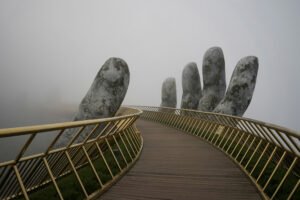April 6, 2016; Washington Post
When the coordinated release of the “Panama Papers” stories hit the airwaves on Sunday, documenting the widespread use of offshore tax havens among politicians and criminals, it was the result of an extended period of cooperation among news organizations that had to agree to share information with one another but not release anything until the agreed-upon time. How did that happen?
A central player in the massive endeavor is a small 11-person unit inside the nonprofit Center for Public Integrity called the International Consortium of Investigative Journalists (ICIJ). According to the Washington Post, that group was entrusted with the task by German journalists who were the original recipients of the leaked information, and it ended up coordinating the 370 journalists from 100 media groups spread over 70 countries that worked on the project. The Center for Public Integrity calls the effort the biggest-ever journalistic collaboration working on the largest leak in history.
But this was not the group’s first rodeo. For instance, it coordinated the “Swiss Leaks” project last year, which involved journalists from 45 countries, and a few months before that, an investigation of secret tax deals between hundreds of global companies and officials in Luxembourg.
Sign up for our free newsletters
Subscribe to NPQ's newsletters to have our top stories delivered directly to your inbox.
By signing up, you agree to our privacy policy and terms of use, and to receive messages from NPQ and our partners.
Michael Hudson, the ICIJ’s senior editor, said the goal was to find local journalists who knew the territory. He says that the method is suited both to the scope of the investigation and the times.
“Instead of us parachuting in to do reporting, we let the folks on ground do it,” Hudson said. “So many of the most important stories today are so complex and so global that the old-style lone-wolf reporter or Woodward and Bernstein just can’t do it.”
This unusual journalistic advance is an excellent example of what nonprofits can create if they make full use of their own unique identities and capacities, and embrace their role of acting in the public’s benefit first rather than trying to act exactly like businesses, with all of the constraints that come with that.—Ruth McCambridge











